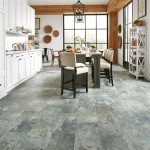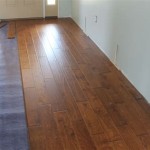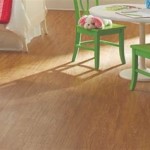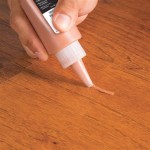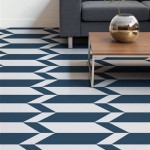Installing your own hardwood floors can be a rewarding and cost-effective way to update and enhance your home. With some basic tools and a few simple steps, you can have beautiful hardwood floors in no time. Read on to learn more about the basics of DIY hardwood flooring and how to get started.
The Benefits of DIY Hardwood Flooring
There are many advantages to installing your own hardwood floors. For one, you can save money by doing the work yourself instead of hiring a professional. Additionally, you can customize your wood floors to your exact specifications, choosing the type, style, and color of the wood. Finally, you can be proud of the end result, knowing that you created it yourself.
What You Need for DIY Hardwood Flooring
Before you begin, you’ll need to gather the right tools and materials for the job. Here are the basics you’ll need:
- Hardwood flooring
- Underlayment
- Tape measure
- Circular saw
- Hammer
- Nails
- Wood putty
- Sandpaper
- Vacuum
- Mop
Step-by-Step Instructions for DIY Hardwood Flooring
Now that you have all the necessary supplies, it’s time to get started. Here are the steps you’ll need to follow for DIY hardwood flooring installation.
- Prepare the subfloor. Make sure the subfloor is level, clean, and dry before laying down the underlayment.
- Lay down the underlayment. Start in one corner and work your way out. Use a tape measure to make sure the underlayment is straight and even.
- Cut the hardwood flooring. Measure and mark the pieces, then use a circular saw to make the cuts.
- Lay down the flooring. Start in one corner and work your way out, using a hammer and nails to attach the boards to the subfloor.
- Fill in any gaps. Use wood putty to fill in any gaps between the boards.
- Sand the floor. Use sandpaper to smooth out the surface and remove any rough edges.
- Clean the floor. Vacuum up any dust and debris, then mop the floor with a damp cloth.
Caring for Your DIY Hardwood Flooring
After you’ve installed your hardwood floors, it’s important to keep them in good shape. To preserve your hardwood flooring, follow these simple tips:
- Sweep or vacuum regularly to remove dirt and debris.
- Wipe up spills immediately.
- Place mats or rugs at all entrances to prevent dirt and moisture from entering the home.
- Avoid walking on the floor with high heels or sports cleats.
- Clean the floor with a damp mop or cloth.
- Use furniture pads or glides to protect the floor from scratches.
Conclusion
Installing your own hardwood floors can be a fun and rewarding DIY project. With the right tools and supplies, and a bit of patience, you can create beautiful hardwood floors that you’ll love for years to come. Follow the steps outlined above and you’ll be on your way to enjoying your own DIY hardwood flooring!













Related Posts


